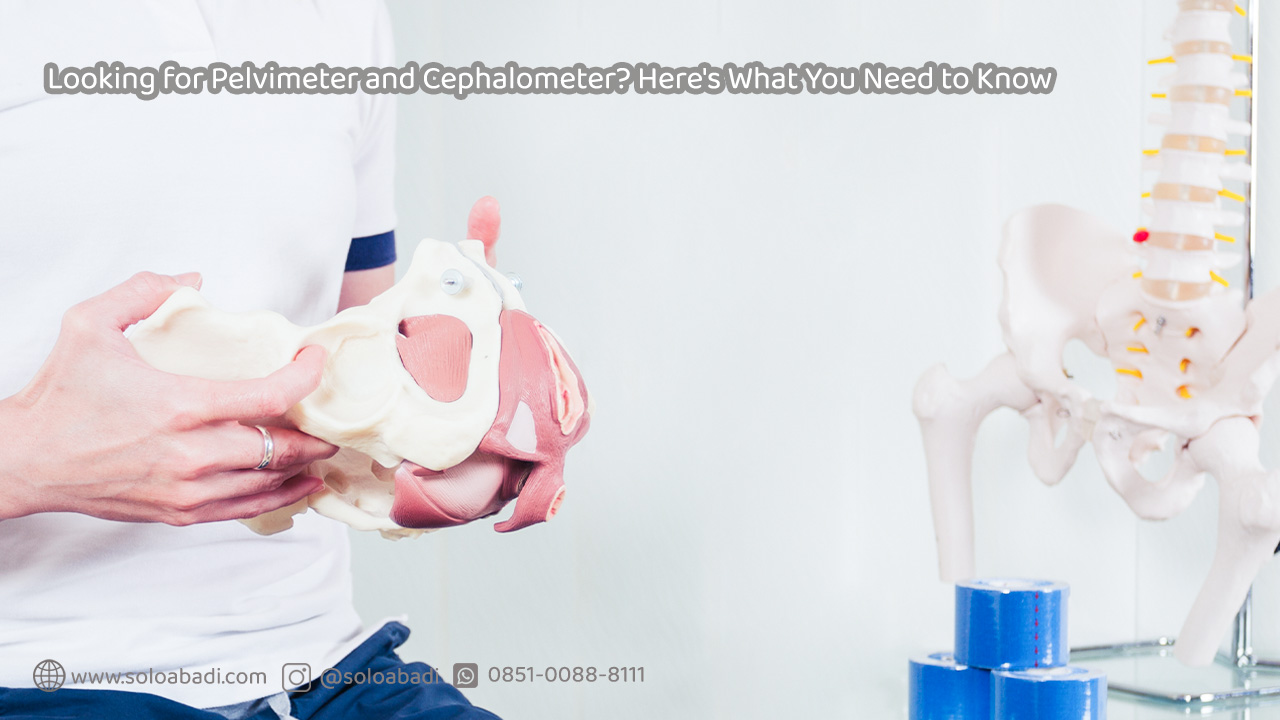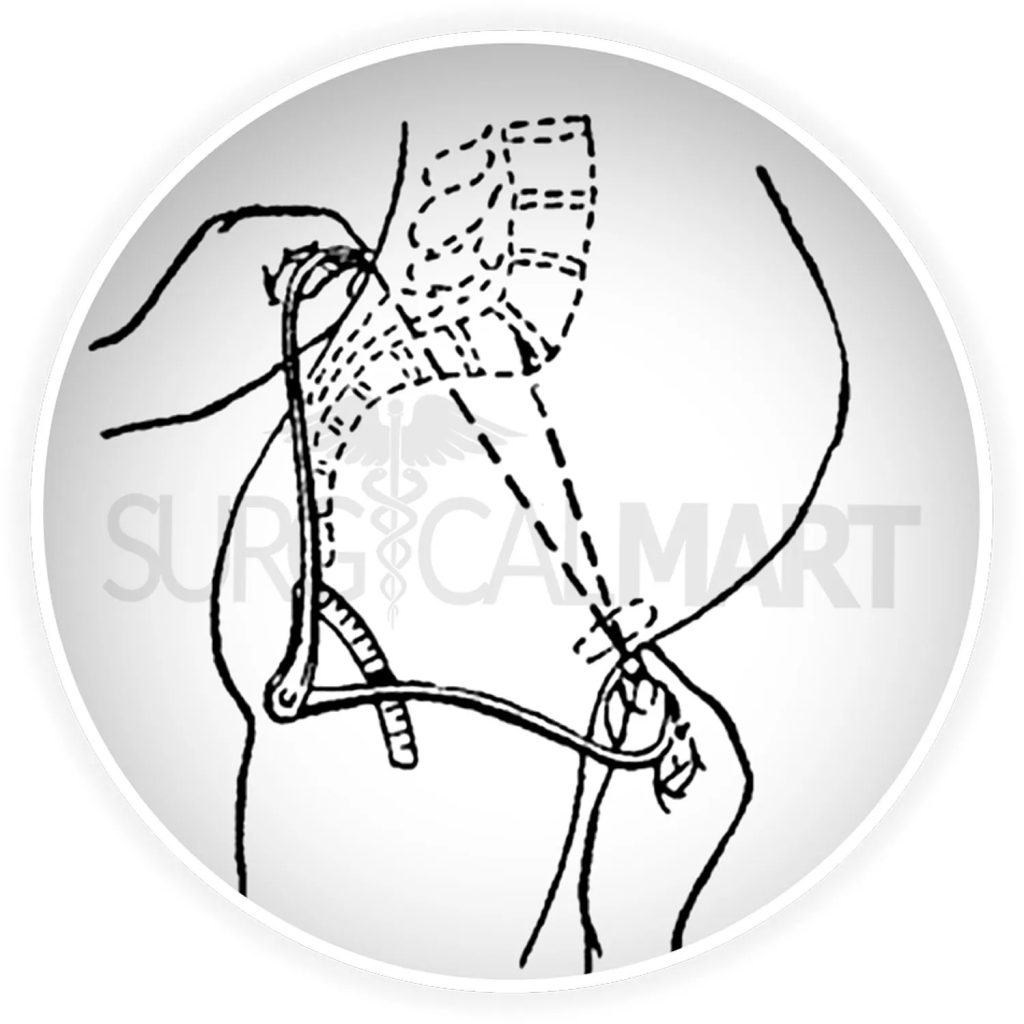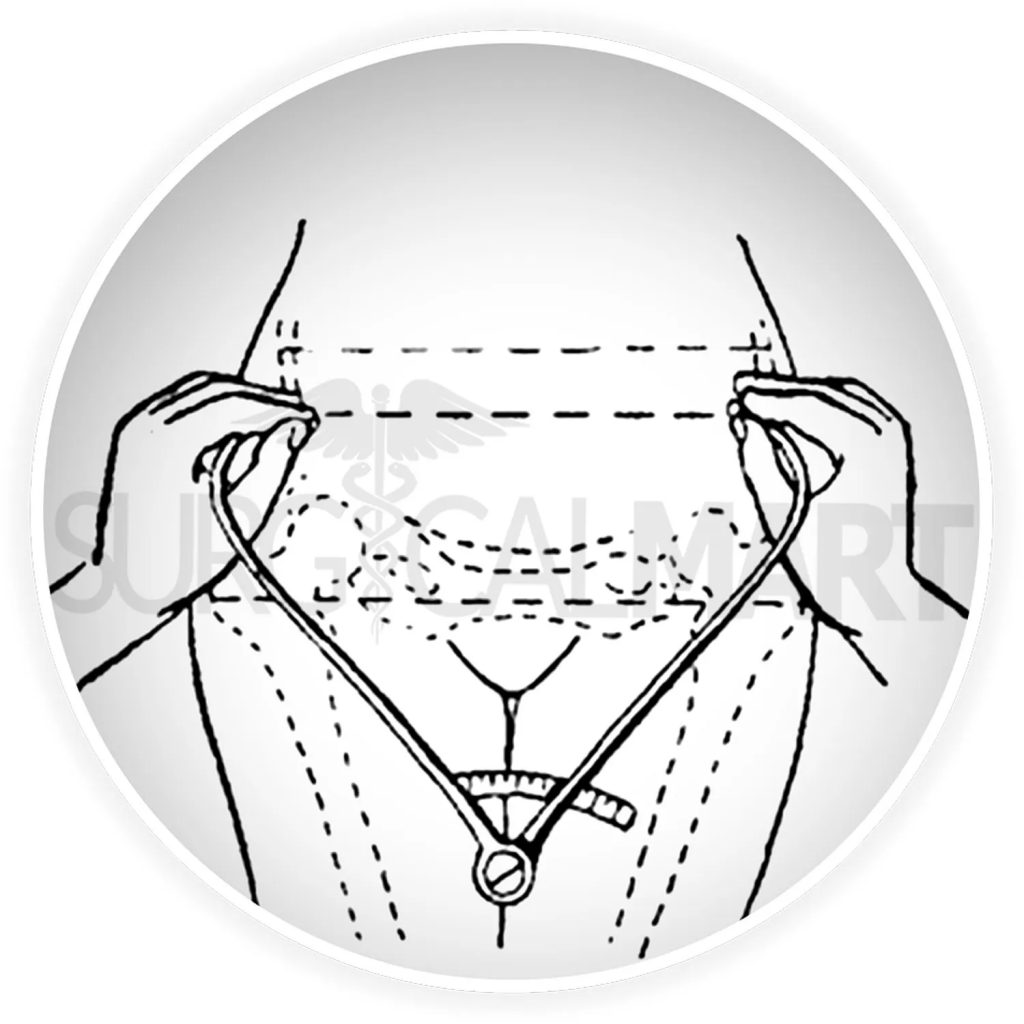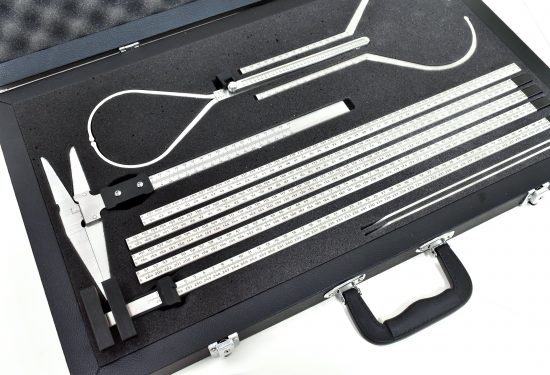Pelvimeter and Cephalometer are two measurement tools frequently used in medical science. They also contribute to other fields such as anthropometry, classical studies, forensics, and anthropology. So, what are the functions of Pelvimeters and Cephalometers? Check out the information below!
What is a Pelvimeter and How Does It Work?

A pelvimeter is a measuring tool used to determine the dimensions and cavity of the pelvis. It is typically used on women and is crucial in obstetrics and gynecology for evaluating the birth canal in pregnant women.
Beyond gynecology, pelvimeters are also used in anatomy and orthopedics to evaluate structural changes in the pelvic posture and in technical fields for designing ergonomic products.
What is a Cephalometer and How Does It Work?
A cephalometer is a tool used to measure the dimensions of the human head or skull. It is used in craniofacial surgery and orthodontics for pre-surgical planning and treatment monitoring.
Additionally, cephalometers are used in forensic science and anthropometric analysis for skeletal analysis and comparative studies. These studies consider various factors like other body measurements, age, and race.
Despite advances in medical technology, the roles of these instruments have diminished somewhat. However, both cephalometers and pelvimeters still hold important roles in medical practice and education.
Read Also: Understanding the 4 Types of Calipers in Anthropometric Measurements
Alternatives to Pelvimeters and Cephalometers: Portable Anthropometry
In essence, pelvimeters and cephalometers are both calipers with rounded ends and scales that show the diameter of the measured object. These traditional tools are now hard to find, but their functions can be replaced by spreading calipers.
Small Spreading Caliper
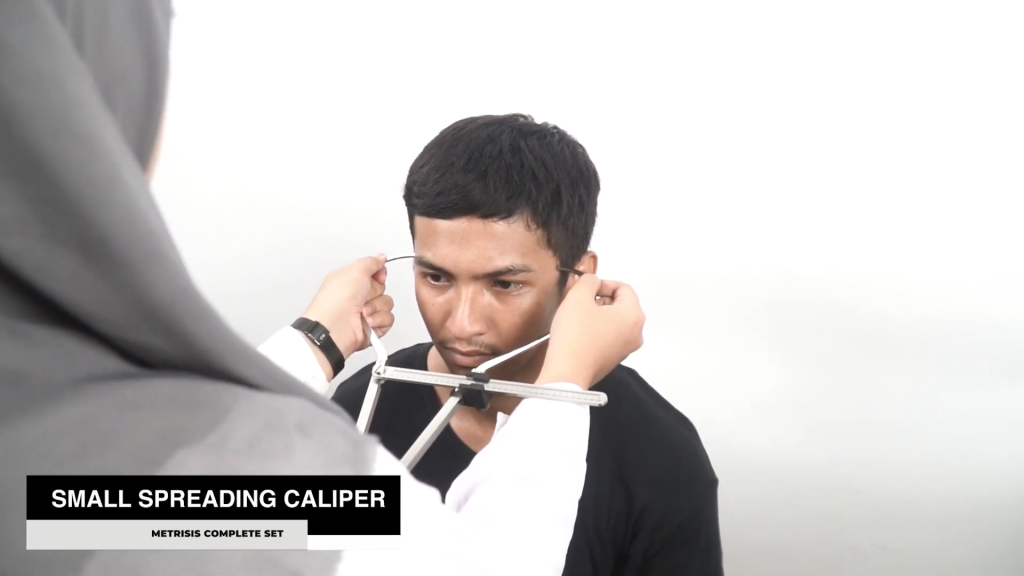
A small spreading caliper is a standard instrument in anatomical anthropology. Unlike sliding calipers with flat surfaces, small spreading calipers have pointed ends and curved surfaces.
This design allows small spreading calipers to measure body dimensions with non-flat surfaces, like the human skull. However, they can only cover small body areas, similar to cephalometers.
Read Also: Functional Uses of Sliding Calipers in Anthropology
Large Spreading Caliper
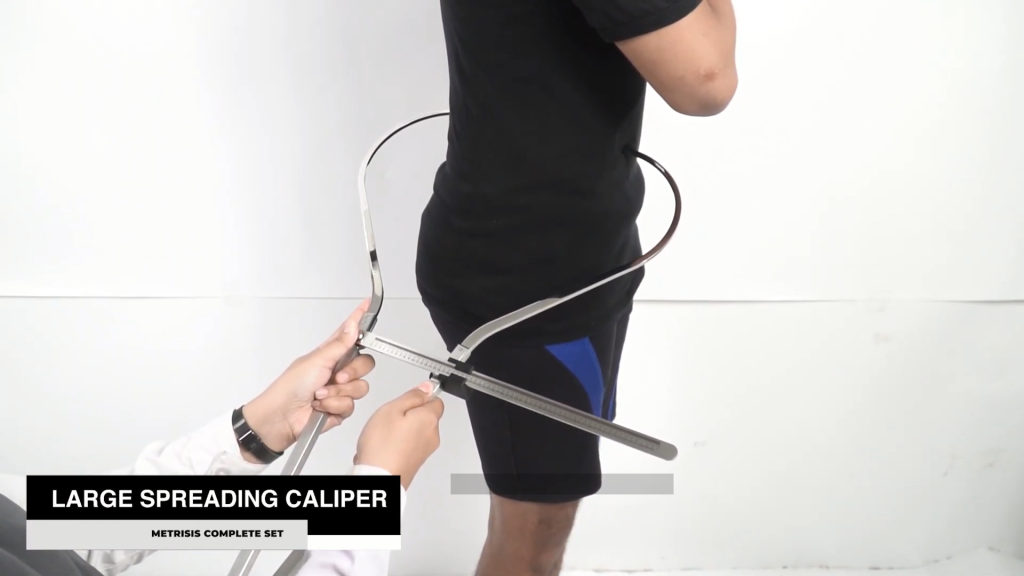
Like small spreading calipers, large spreading calipers have pointed ends and are used to measure larger curved body dimensions, such as abdominal depth.
Large spreading calipers function similarly to pelvimeters, easily measuring the width of the external pelvis due to their broader range. The rounded ends of large spreading calipers can also measure the depth of objects.
Sliding Caliper
Sliding calipers are also useful in craniofacial and obstetric measurements. They consist of three key parts:
- Outside Jaws
- Inside Jaws
- Reading Scale
In craniofacial measurements, sliding calipers can measure small areas like nasal height. In obstetrics, sliding calipers support pelvic measurements.
Portable Anthropometry: Pelvimeter and Cephalometer in One Tool
All types of calipers or measuring tools can be found in the Portable Anthropometry Complete Set Series. This instrument can measure over 100 body dimensions and is easily applicable across various fields.
The Portable Anthropometry Complete Set Series is used by numerous institutions both domestically and internationally in areas such as education, government, military, architecture, and forensics.
For more information, contact us at admin@soloabadi.com or via WhatsApp at 08510888111.4o

